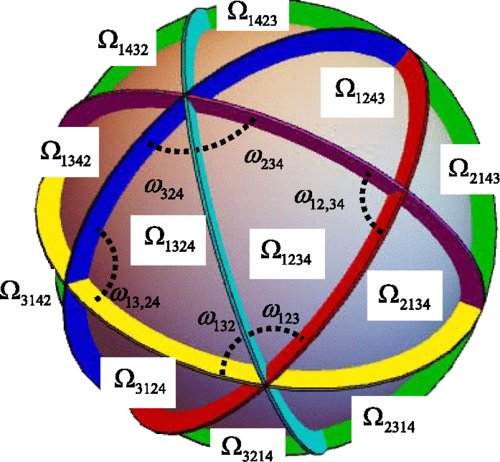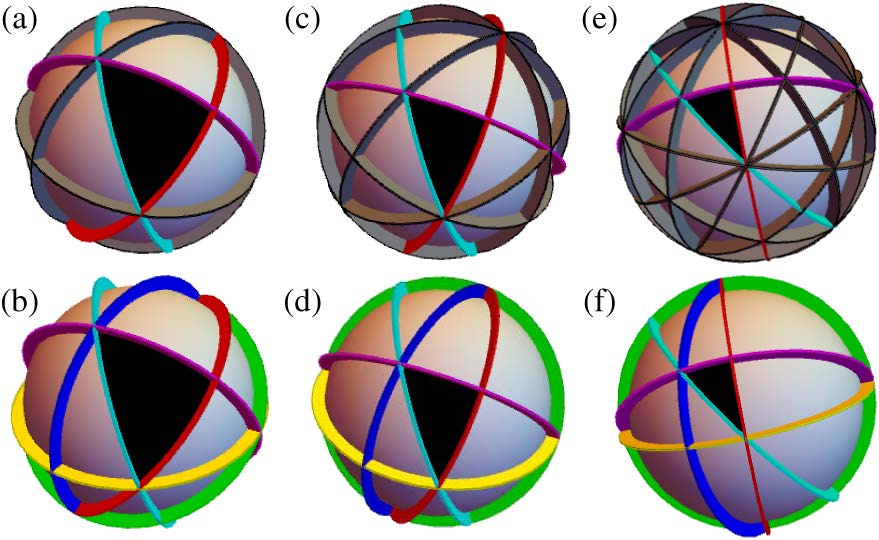Transformation of coordinates gives quantum solutions for unequal masses
A new mathematical model of interacting quantum particles exhibits a broader range of dynamical behavior than previous models, which could provide experimentalists with better insight into mixed-mass ensembles of particles. In Physical Review X for 10 October 2017 a team of researchers with Nathan Harshman (main author), Amin Dehkharghani and Nikolaj Zinner from IFA participating, descibe a method for finding exact solutions to special cases via a smart transformation of coordinates when masses have certain relative values.

Experiments with ultracold atoms trapped in pools of light allow physicists to explore quantum dynamics of interacting particles with unprecedented control and precision. The nature of these dynamics runs along a spectrum from simple to complex, from controllable to uncontrollable, and from persistent to transitory. Typically, systems with simple, predictable, and stable dynamics are represented by models with straightforward mathematical properties and with all particles having the same mass. This paper presents a model of interacting particles with different masses, which, depending on the initial conditions, can exhibit the full range of dynamical behaviors.
The model describes a few hard quantum particles trapped and bouncing back and forth in a one-dimensional bowl. The key technical insight is realizing that, for example, four particles in one dimension are equivalent (for most quantum-mechanical purposes) to one particle in four dimensions. By moving to this higher-dimensional space and choosing the right coordinates, some symmetries become more obvious and more useful. These symmetries can be used to map the system we are studying onto a simpler model, namely, a single particle bouncing around within a triangle on the surface of a sphere. The shape of the triangle depends on the masses of the particles and their specific order in the trap.

Different mass relations give different shapes of triangles after the transformation
One consequence is that experimentalists will be able to construct systems that are close to integrable systems, which have as many conserved quantities (like energy and momentum) as they have degrees of freedom. These systems may have practical applications because they do not thermalize as fast and they provide unique opportunities for controlling entanglement and coherence, key resources for quantum information processing.
